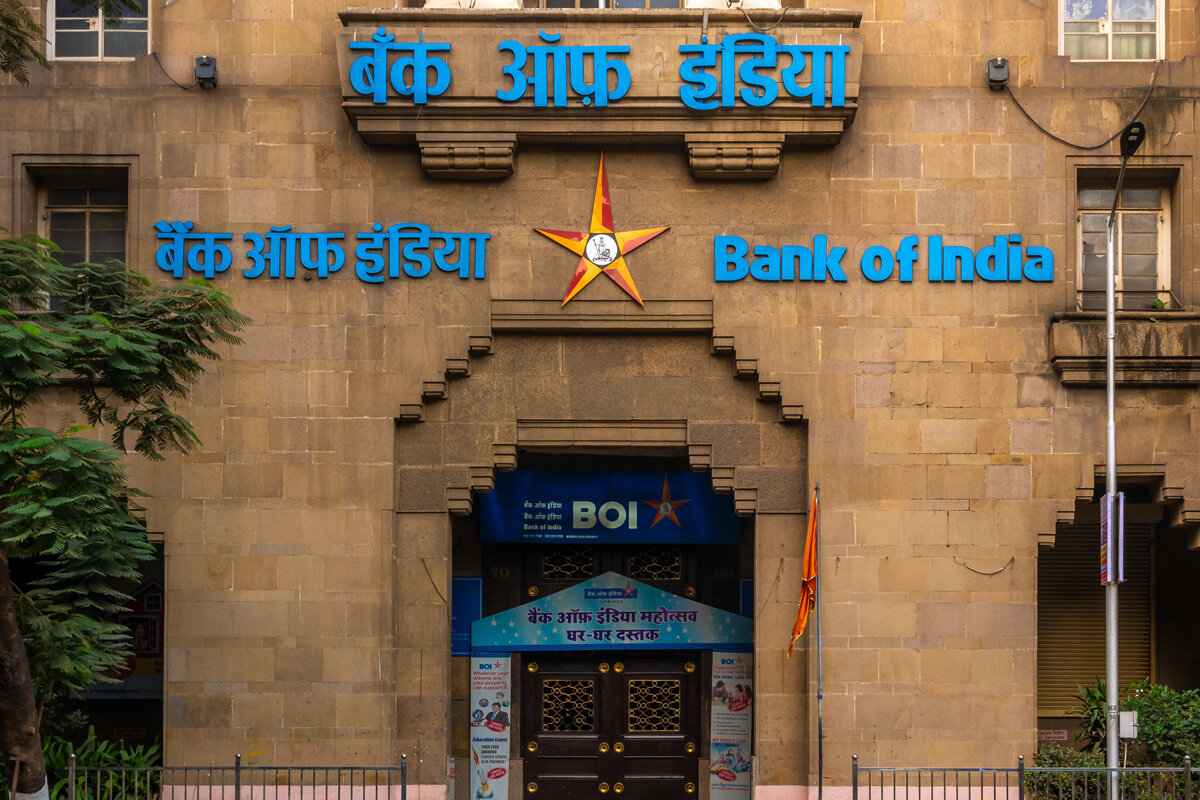Financing your business in India


"*" indicates required fields
What is the smartest way to finance your subsidiary or own branch in India? This is often a tricky issue for foreign investors in India, partly due to Indian regulations. We have listed the various strategic options for financing your business.

Start-up capital
The financing options for your Indian company depend on the legal form of your company in India. The most common legal forms are the Private Limited (Pvt. Ltd) and the Joint Venture (JV), with an Indian company as co-owner. At the time of incorporation, the capital with which the company will start is determined by the number of shares that are issued. The minimum start-up capital of a company in India is set by law at 100,000 INR (1200 euros). Many companies choose to invest this minimum start-up capital, but investing more capital at the start can provide a solution for financing issues in the future. Investing working capital at a later stage is subject to more regulations.
Working capital
Do you need working capital in India? A quick and easy way to attract working capital is to invoice the planned export of products or services in advance to the parent company. The subsidiary may invoice services it provides or intends to provide in the near future (pre-invoicing) to the European parent company. An advantage of pre-invoicing is that it can quickly generate the necessary cash flow for the Indian company. In the case of a joint venture with an Indian partner, financing through (pre-)invoicing depends on the agreements between the two JV partners.
Loan for your Indian entity
Does your Indian subsidiary need capital to make investments in India? There are several options for this, but none of these options are easy, fast or cheap. The subsidiary can take out a loan from the parent company in Europe, but this is only possible under a so-called External Commercial Borrowing (ECB) construction. Applying for an ECB is a bureaucratic and time-consuming process, but has a major advantage: the interest on an ECB loan to an Indian party is based on LIBOR + a surcharge of up to 300 basis points.
Financing via an Indian bank
You can also get a loan from Indian banks, but the extremely high interest rates rarely make this option attractive or feasible. Interest rates on credit from local Indian banks start at 10-12% and can easily rise to over 15%. In some cases, a lower rate can only be negotiated with a cash deposit as a guarantee. In addition to the sky-high interest costs, Indian banks always ask for collateral if you want to apply for a loan. You need a local consultant to organize the paperwork with the bank. In addition, you pay the bank an administration fee of 1% on average. With local banks, you can attract a maximum of 1 to 2 million euros in this way. If you need more capital, you can approach several banks at the same time who can provide a loan as a consortium. Of course, this only makes obtaining the loan more complex and expensive. In short, borrowing from an Indian bank is actually only an option if the Indian branch has an extremely high need for money and there is an almost certain and substantial return on investment by taking out the loan.
International development banks
What other options are there? For projects supported by the Indian government, you can turn to development banks such as the IFC (World Bank) and the Asian Development Bank. Chinese banks can also be an option, although they often stipulate that the loan is spent on products or services of Chinese (state) companies.
Issuing additional shares
Finally, it is also possible to attract financing by issuing additional shares in the Indian company. Increasing the share capital is a relatively sustainable, formal and institutionalised way to grow the Indian subsidiary. Moreover, this sends a signal to the outside world that the parent company is seriously engaged in developing the services or products of the subsidiary in India. There are two disadvantages to this process. Issuing new shares is a bureaucratic and time-consuming process and cannot therefore be arranged in the short term. In the event of acute cash flow problems, this therefore offers no relief. Another possible disadvantage of increasing the share capital is that the ownership of the company can be affected, especially in the case of JVs with Indian partners.









